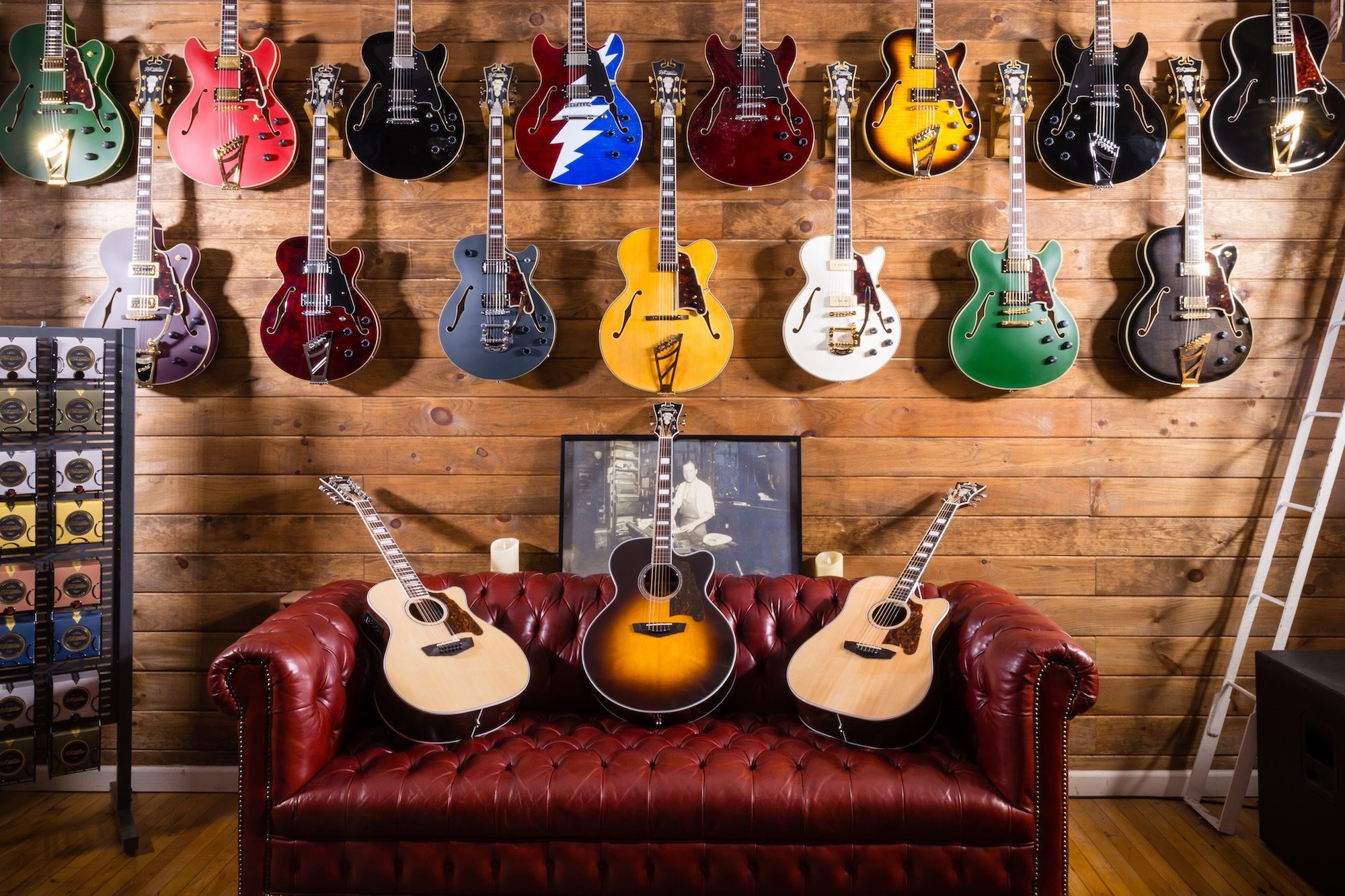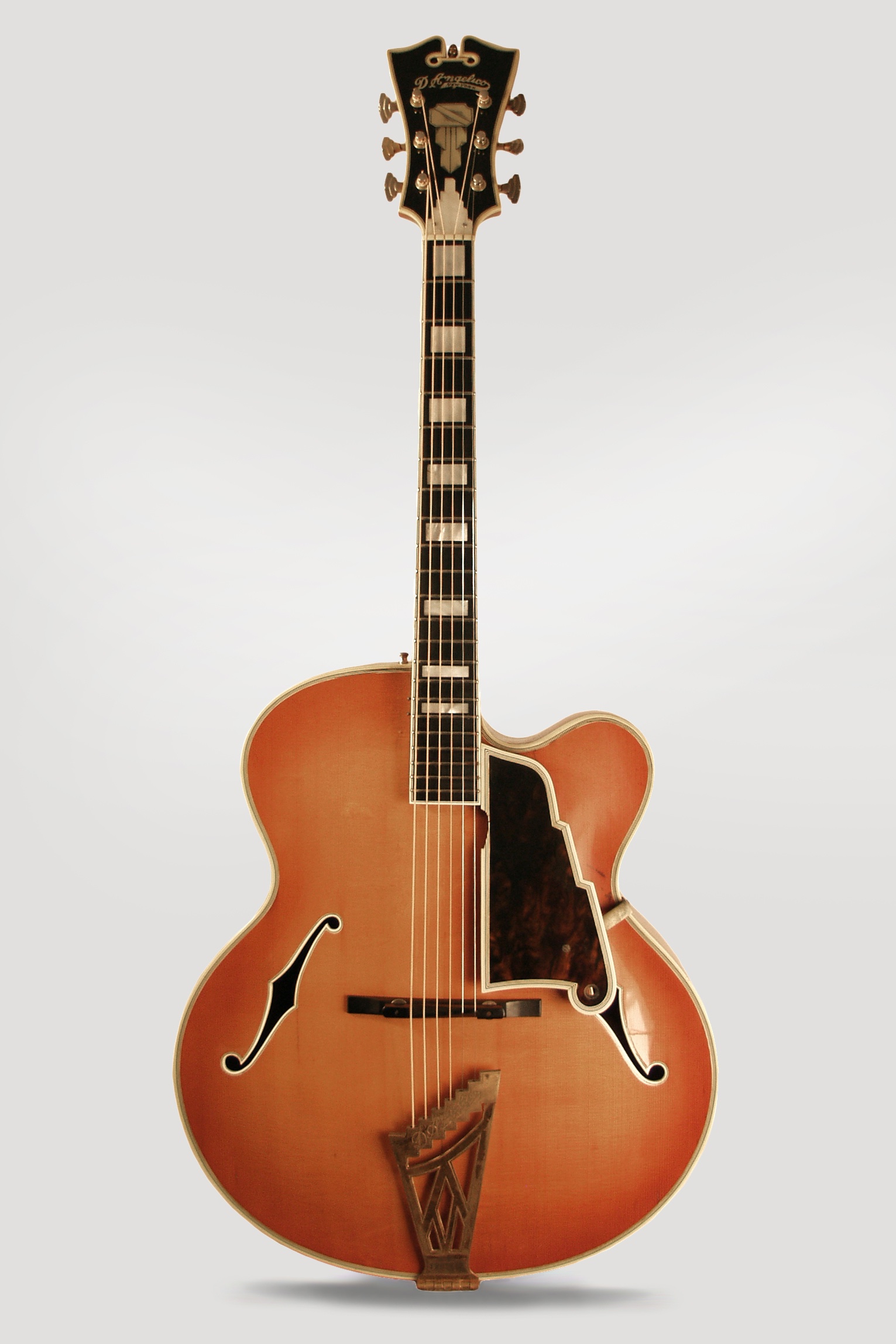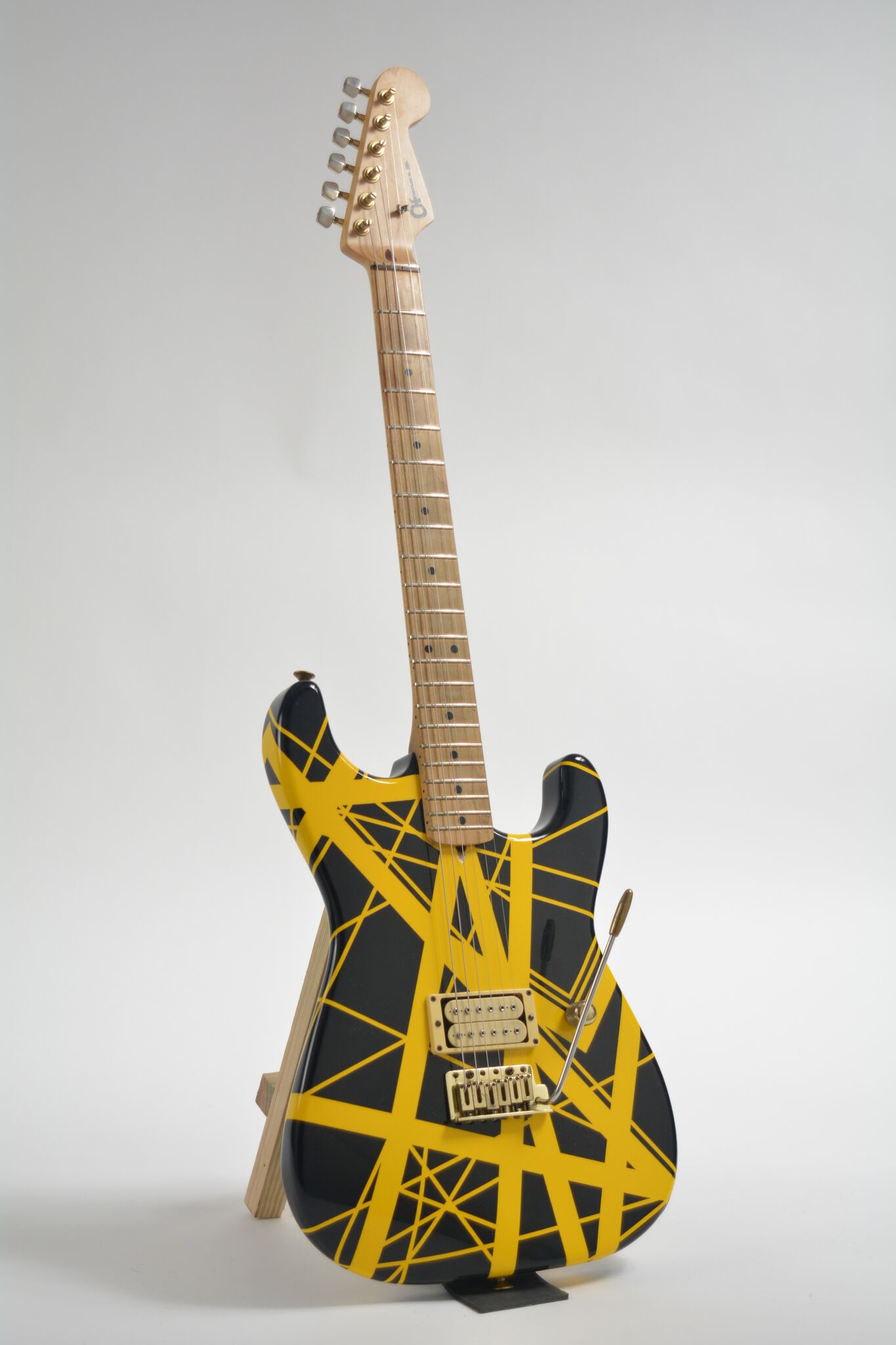We’ve drawn all the venom from the phrase, painful drop by painful drop. We’ve applied it to presidents, cardiologists, weathermen. Crammed it into every help-wanted ad for a barista or programmer or call-center employee. It’s easy to forget that “rock star” once truly meant something.
Think back to the barbaric yawp of Robert Plant or Axl Rose, when the rock star occupied a particular societal apex not seen before or since. Rich as Rockefeller, famous as any actor, and more desirable than either because he answered only to his fearsomely rebellious and youthful self. He blazed fiercely but briefly, then he was replaced. Anybody could be next. All you needed was a guitar, preferably an electric one that could be cranked into an overdriven scream by a stack of Marshall amplifiers.
The first electric guitars appeared shortly after World War II, but the apogee of development and craftsmanship occurred in the latter half of the 1950s. “I opened my shop forty-eight years ago,” says George Gruhn, “and the guitars that I’m looking for now are the same ones I was looking for then.” Gruhn, widely considered the dean of the guitar-collecting hobby, operates Gruhn Guitars in Nashville, ground zero for the stratospheric high end of vintage-guitar deals.
He says that management and ownership changes at major American guitar makers, coupled with skyrocketing demand that could not be fulfilled by building instruments the old-fashioned way, essentially killed the quality of guitars during the 1960s and 1970s. Musicians like Eric Clapton and Michael Bloomfield responded by walking into pawnshops and buying sunburst-finish Gibson Les Pauls made from 1958 through 1960. A blurry photograph of a “Burst” Gibson on the back of the 1964 album Bluesbreakers with Eric Clapton launched the vintage-guitar craze.
By 2007, speculators had raised the price of those guitars into the low seven figures. The book “Million Dollar Les Paul” by Tony Bacon tells stories of cash-only transactions in dimly-lit parking lots and a shadow industry devoted to the counterfeiting of Bursts. The market correction that occurred afterwards returned some sanity to the hobby, but prices are still high enough to daunt all but the most committed players.
It only takes a few minutes with a genuine vintage Fender or Gibson to understand why. They were made with wood from old-growth forests, seasoned in open-air workrooms for decades. Give the body of a 1959 Les Paul a rap with your knuckle, and you can feel the sympathetic vibration at the top of the headstock. According to Gruhn, the guitars made today have largely returned to the standards of assembly quality found in the 1950s, “but the wood isn’t there.”
“This is all newly grown wood, heavily restricted by import regulations, dried artificially in a kiln,” says Gruhn. “The tone isn’t the same.”
The best part of a vintage guitar? Unlike a vintage automobile or a piece of antique furniture, an old Les Paul is still capable of rocking as hard as it did in the hands of Keith Richards or Jimmy Page. Stored and handled correctly, that should be just as true fifty years from now as it was fifty years ago. Perhaps that’s why Gruhn is seeing an increase in sales, despite the fact that many of the oldest Baby Boomers are no longer actively adding to their collections.
Guided by Mr. Gruhn, we’ve picked three top-shelf vintage electric guitars covering the spectrum from classic to glam. All of them would be fine additions to an existing collection, or investment-grade pieces for a budding connoisseur. And any of them will make you feel like a rock star, regardless of your day job.





